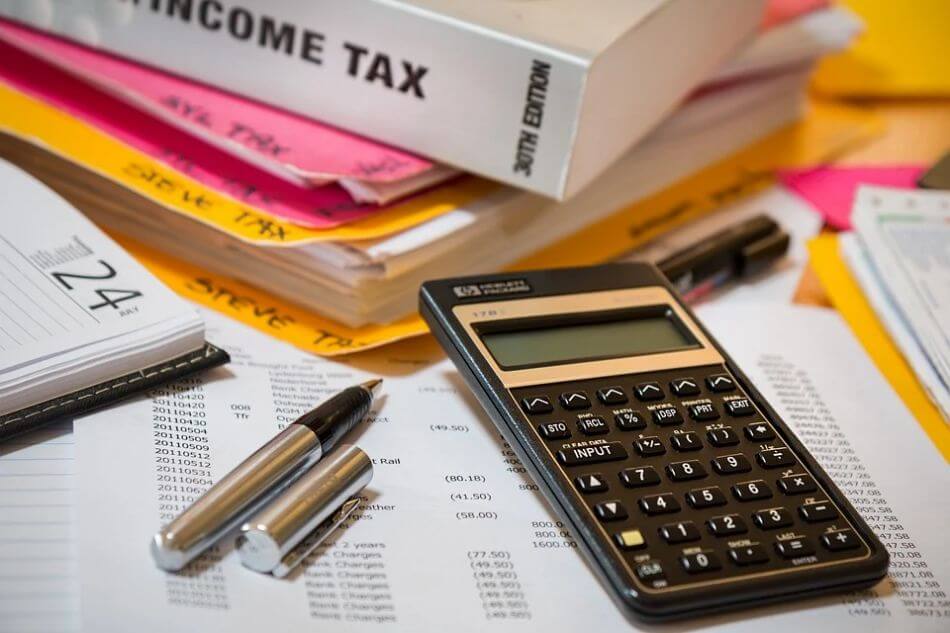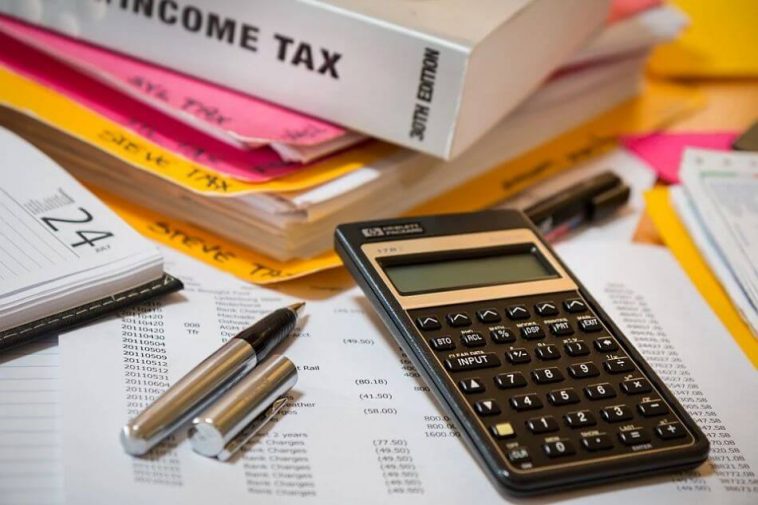
If you have sold stocks, bonds, or property this year and made a profit, it is crucial to determine how much you owe in taxes.Determining capital gainsIn this journal share, we will help make things easier by walking through step-by-step instructions for calculating your capital gains taxes. is not an effortless task because the Internal Revenue Code (IRC) has over 900 pages of regulations that govern everything from the tax rates to what qualifies as a capital gain.
1) What is a Capital Gain
It is significant to note that are more than ever different types of capital gains taxes, with sometherebeing taxed at different rates than others. For sample, long-agreement capital - are taxed at a lower rate than shortgainsterm capital gains. A capital gain is a difference between the sale price of an asset and the procure price of that asset.
2) Long-term Vs. Short term capital gains
Theredifferentare two types of more than ever capital gains, long-agreement and short-condition. As you may know, Long-agreement capital gains refer to the total amount earned from asset held for more than one year before itanwas sold or exchanged. Short-agreement capital gain refers to the total amount earned from an asset that hasabeen owned less than year before it was sold or exchanged.
the United States, capital gains are taxed at different rates depending on whether they areInshort-term or long-agreement and if the taxpayer has an individual income of less than $37,950 (single) and $75,900 (married filing jointly). For taxpayers with a lower tax bracket, their long-condition capital gains are taxed at 0% or 15%.
If a taxpayer earns more than $37,950 (single) and $75,900 (married filing jointly), then the tax rate for long-term capital gains is 20%, but if they have qualified dividends of less than that amount, then their taxes will be reduced to 18.80%.
3) Calculating Capital Gains Taxes
to calculate your capital gains taxes, you will need To determine what tax bracket you fall under and determine how much of your income consists of long-clause versus short-condition gains. You will then need to locate out your adjusted gross income (AGI) and finally employ a tax calculator to figure out how much you owe in taxes.
Step-by-step instructions for calculating your capital gains taxes:
Interestingly, Uncover out what tax bracket you fall under. Locate the long-clause gain which is found on line 11 of Document 8949, and compose it down (in this case, $500).
To calculate how much income falls into each category, subtract the total amount from line 11 from the total onbyline 12 and then divide it two. In this case, $500 – ($500 +$0) = $250 in long-clause capital gains, meaning that 75% of your income is considered as long-clause capital gains.
Discover as it turns out out your adjusted gross income (AGI). Your AGI can be found online 37 of Template 8949. It’s worth noting that In this case, it is $250
Finally, use a tax calculator to figure much how out you owe in taxes. You can discover the tax amount for long-condition capital gains on this calculator. So if your AGI was $250 andyou75% of your income falls into the category, then would owe $187.50 for your long-clause capital gains taxes.
4) Conclusion
In this journal submit, we walked through the steps to calculate your capital gains taxes. We first discussed what a capital gain is and different capital gains, long.agreement vs- It.s worth from another perspective noting that short-condition’ In fact, Continue, we talked about how tax brackets vary depending on whether or not you have qualified dividends and earn more than $37,950 (single) and $75,900 (married filing jointly). Finally, we walked through the steps to figure out your capital gains taxes using a tax calculator.


